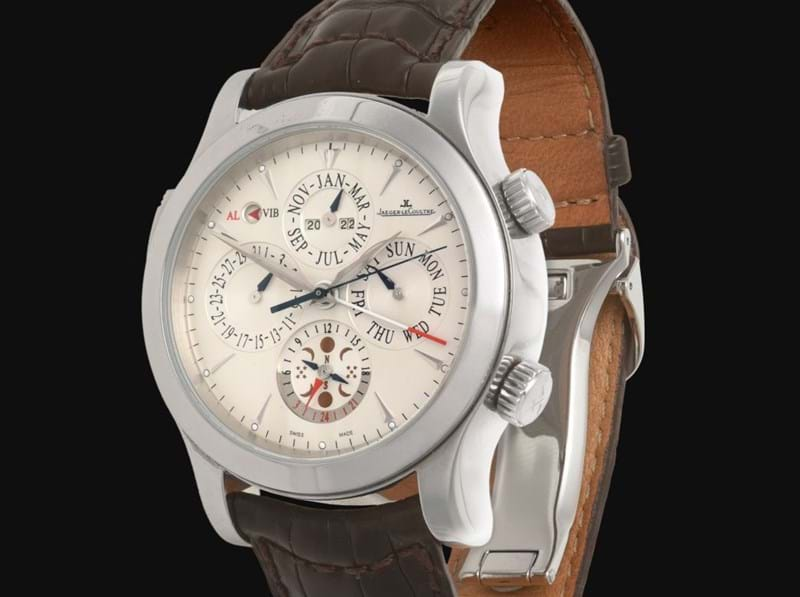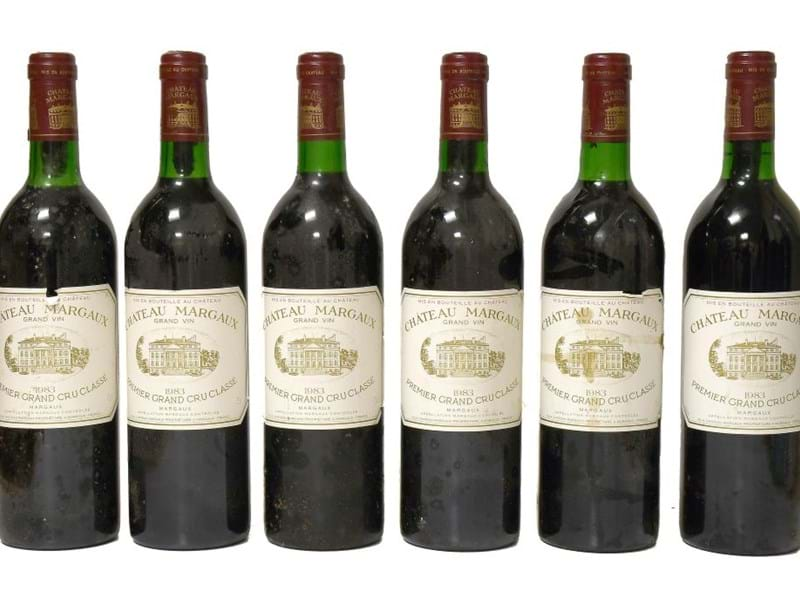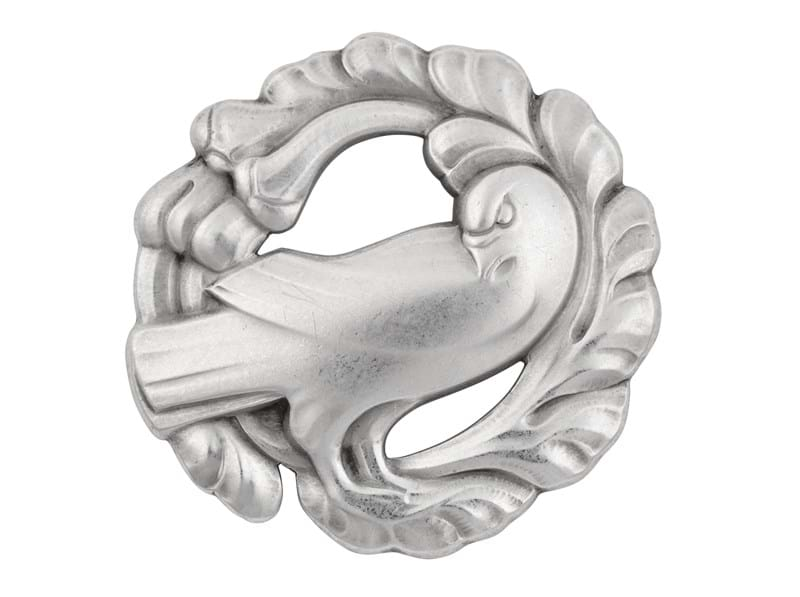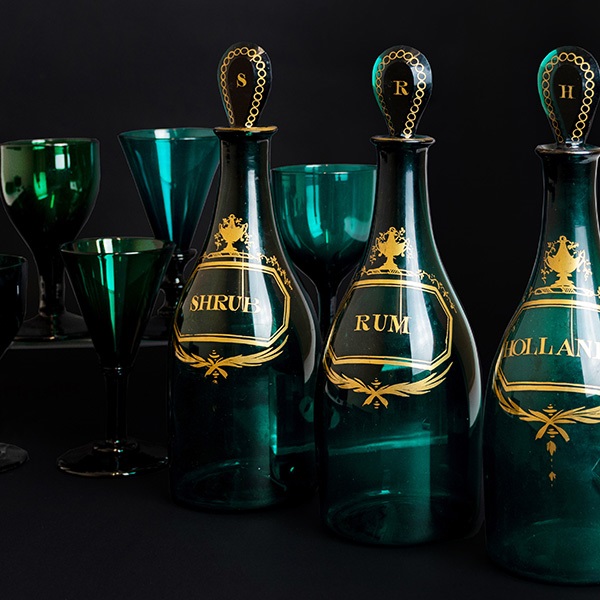Since the birth of the pocket watch at the beginning of the 16th century, watches have kept our lives running on time as well being worn as a fashion statement. However, in recent decades, watches have been made with specific working conditions or human endeavours in mind, and here we are going to look a little closer at some of the more specialist watch functions and how they work.
The Automatic Movement
One of the most commonly used functions in the modern-day mechanical watch is the automatic movement. As the wearer moves their wrist whilst walking and going about their day, the automatic movement rotates, building up energy that is used to wind the mainspring, which in turn powers the watch. This ingenious design liberates the wearer from manually winding the watch.
The Chronograph Function
The term chronograph simply means 'time recorder’, and they are designed to be able to easily time an event. Watches with this feature usually have two buttons on the side of the case that control the chronograph functions. The top button is usually the start button, which operates the centre chronograph hand. Once the chronograph hand has rotated one revolution around the dial, this will record one minute on the 30-minute register dial and after two revolutions of the 30-minute register dial one hour will be recorded on the 12-hour register dial. This function is usually used in timing sporting events.
The Perpetual Calendar
Perpetual calendar watches are a fascinating complication. These watches are usually very expensive to buy due to the complex design and the intricate manufacturing processes. This complication allows the watch to record the day, date, month and leap years. These mechanisms are used by some of the leading Swiss makers such as Patek Philippe, Audemars Piguet, and Vacheron Constantin and can command six-figure sums.
The Quartz Movement
The first quartz watch movement was made in 1969 and was called the ‘Astron’. Quartz movements are usually cheaper to make, meaning they are commonly used in mass production watches. However, they are also used in low numbers by the leading Swiss watch makers, who normally favour making mechanical watch movements. The quartz movement has a small quartz crystal that vibrates at a consistent frequency when an electric current is passed through it, which in turn controls a miniature motor that turns the watch’s gears and hands.

Jaeger LeCoultre: A Fine Limited Edition Stainless Steel Perpetual Calendar Alarm Wristwatch signed Jaeger LeCoultre, model: Master Grand Reveil, ref: 149.8.95, limited edition number 318, circa 2005 (calibre 909) automatic lever movement, silvered dial with dagger hour markers, four dials for day/date/lunar scale and month combined with year aperture, two crowns in the band for hand setting and alarm, lever at 9 in the band for alarm selection, case back signed and numbered 149.8.95.
Sold for £6,000 plus buyer’s premium

A Fine and Rare Stainless Steel Chronograph Wristwatch with the White "Khanjar" National Symbol of Oman, signed Rolex, model: Daytona, "so called Big Red", ref: 6263/6265, 1979, (calibre 727) lever movement signed Montres Rolex Geneva Swiss, numbered 10652, adjusted to three positions, silvered dial with baton and outer fifths of seconds track, three black subsidiary dials for seconds, 30-minute and 12-hour registers, white "Khanjar" symbol of Oman below 12, Daytona in red above the 12 hour register dial, polished tachymeter bezel, screw down crown, screw down chronograph buttons, screw down back signed inside and numbered, case serial number 6393062,
Sold for £120,000 plus buyer’s premium
To learn more about buying and selling watches at Tennants, please visit the Department Page.











